
Snow leopards are perfectly equipped for life in the mountains and are superb hunters, capable of taking prey three times their weight. Yet these cats remain thinly spread across their 12 range countries. Just 3,500-7,000 are thought to survive, their future threatened by loss of habitat and prey, poaching and climate change. Between 2016 and 2019, Frédéric embarked on eight expeditions to the far reaches of the Tibetan Plateau on a quest to photograph this enigmatic feline – and the surprising diversity of other creatures that carve out an existence in this remote, wind-battered land.
Fox forays
The Tibetan fox is widespread in the steppe and semi-desert regions of the Tibetan Plateau, its dense coat offering protecting from the bitter cold. It lives in burrows and is an obligate predator of plateau (or black-lipped) pikas: without them, the fox would not survive.
Stretching out
Frédéric photographed this male (left) in October 2018. The cat’s face was heavily scarred, probably after a battle to overcome a young yak. He was unusually confiding, even coming to within 12m of the photographer to drink. “For three days, he fed, slept, stretched and rolled without paying me the slightest attention,” recalls Frédéric. “It was one of the most powerful encounters I’ve had in my life as a naturalist.”
Mountain high
هذه القصة مأخوذة من طبعة February 2022 من BBC Wildlife.
ابدأ النسخة التجريبية المجانية من Magzter GOLD لمدة 7 أيام للوصول إلى آلاف القصص المتميزة المنسقة وأكثر من 9,000 مجلة وصحيفة.
بالفعل مشترك ? تسجيل الدخول
هذه القصة مأخوذة من طبعة February 2022 من BBC Wildlife.
ابدأ النسخة التجريبية المجانية من Magzter GOLD لمدة 7 أيام للوصول إلى آلاف القصص المتميزة المنسقة وأكثر من 9,000 مجلة وصحيفة.
بالفعل مشترك? تسجيل الدخول

SNAP-CHAT
Justin Gilligan on giant spider crabs and holding hands with an octopus
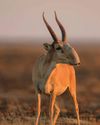
STEPPE CHANGE
Herds of saiga have returned to Kazakhstan, but there's a fine balance to tread
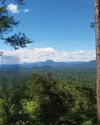
TREES FOR LIFE
Community is at the heart of conservation in the tropical forests of southern Belize
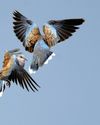
WHEN DOVES CRY
Turtle doves are now the UK's fastest declining bird species, but the RSPB is on a mission to save them

SURVIVAL OF THE CUTEST
We can't help being drawn to cute creatures, but our aesthetic preferences both help and hinder conservation
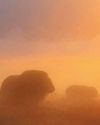
LIGHT ON THE NORTH
Spectacular images of Arctic foxes, reindeer and musk oxen reveal the wild beauty and diversity of Scandinavia
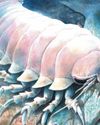
ROLLING IN THE DEEP
The super-sized crustacean that lives in the deepest, darkest ocean
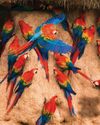
LET'S GET TOGETHER
Clay licks deep in the Amazon explode in a riot of colour, with macaws the stars of the show

FEMALE OF THE SPECIES
To sponge or not to sponge? That is the question for the bottlenose dolphins (Tursiops aduncus) living in Shark Bay, Western Australia.
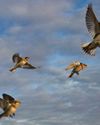
7 nature encounters for the month ahead
WITH NATURALIST AND AUTHOR BEN HOARE